In Denmark, a New (Old) Tiara
Queen Mary breathes new life into the historic Danish Crown Jewels
I think we can all agree: in the opulent world of royal pageantry, few moments capture the imagination quite like the reintroduction of a historical piece of jewelry. That being said, Queen Mary of Denmark is absolutely on my nice list today, as she is set to unveil a stunning new tiara that is far more than a mere accessory—it's a living testament to Danish royal history.
In a video shared today by the Danish royal court, we can see Queen Mary collaborating on the new tiara’s design. But while this piece will be new to us, it is actually an existing part of Denmark’s royal heritage.
The piece has been constructed using repurposed jewels from the Danish Crown’s collection. This doesn’t happen too often, folks, so I’m celebrating! So often, modern royals seem afraid to personalize or customize the historic jewelry items in their custody—and sometimes for good reason. By now, generations of their subjects will have grown used to seeing the same pieces worn by the same members of the family in the same ways.
But this wasn’t always the way! Royal women (and men) used to lavishly and indiscriminately design, purchase, and redesign jewelry to supply the palace vaults. Hand-me-downs—even priceless royal ones—weren’t sacred to the memory of the last person to wear them; they were meant to be reclaimed and enjoyed by the next generation.
As we’ll see, the jewels in this new tiara have literally been sitting in the Royal Treasury for over 70 years. I’d much rather prefer the royals expend a bit of time and money to make them usable than continue to purchase brand new, modern pieces.
A Legacy Reimagined
The rose-cut diamond parure is one of four sets in the Danish Crown Jewels. The others include rubies, emeralds, and brilliant-cut diamonds—and these have gotten much more regular use over the years. The rose-cut set, originally comprised of a large brooch and an elaborate diamond belt, has been one of the trickier to pull off in a modern context.
From the Danish Royal House: “The belt was intended to be sewn on the front of the dress as decoration with the large brooch, which can be divided into several smaller ones, at the top on the breast.” It’s also possible that the brooch was originally more of a pendant—but royal jewels are so delightfully convertible in that way.
Until now, these stones have remained largely unseen for nearly seven decades. Queen Margrethe rarely wore the original pieces—she last sported the brooch in 1991, and the belt was only ever worn as a necklace for her and for her mother Queen Ingrid, around 1950.
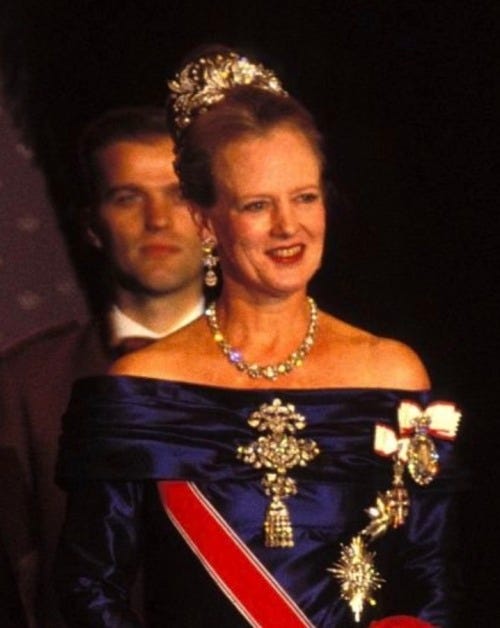
The rose-cut set was originally crafted in 1840 by Queen Caroline Amelie (1796-1881). She tasked the jewelry firm C.M. Weishaupt & Söhne to create the set using diamonds which originally belonged to a sister of King Christian VI, Princess Charlotte Amalie (1706–1782).
An unmarried princess, Charlotte Amalie specified in her will that her diamonds should be included in the crown jewels. As a result, even today these diamonds remain part of the Crown Jewels. They are owned by the state, not privately, and so Queen Mary’s new tiara cannot leave Denmark.
Nevertheless, her choice to breathe new life into these stones is a masterful move—one that blends heritage, innovation, and cultural preservation, and speaks volumes about modern monarchical adaptability.
The Technical
Jeweler Matias Hasbo Dinesen worked intimately with the Queen and the Royal Collection to transform the historic diamond belt into a contemporary tiara. This collaborative process underscores a profound respect for historical artifacts while embracing modern design sensibilities.
What makes this new piece truly remarkable are its distinctive rose-cut diamonds—stones literally shaped to resemble an opening rose. This intricate cut, dating back to the 19th century, reflects a time when diamond cutting was as much an art as a technical skill. This era marked a transformative moment in diamond cutting, where technological advances and creative vision converged to reimagine how precious stones could be shaped and appreciated. Royal houses would have been at the forefront of merging tradition and innovation through their jewelry commissions.
Characterized by a flat bottom and a domed top composed of triangular facets that converge at a central point, the rose-cut style typically features anywhere from 3 to 24 facets—creating a subtle, soft luminescence. In contrast to gem cuts today, which reflect a modern taste for dramatic brilliance, the rose-cut flourished during an era when candlelight and intimate social gatherings demanded jewelry that captured and reflected light in nuanced, elegant ways.
If you’d like to see the Danish crown jewels—including the rose-cut parure—in their full glory, it’s well worth the price of admission to view them at Rosenborg in Copenhagen. I visited in 2016 (before I really became a royal watcher) but was still struck by their opulence and the added context of knowing that the Queen regularly checked these items out to make use of them.
Cultural Heritage in Motion
The Royal House of Denmark's statement eloquently captures the significance of this transformation: This new diadem isn't just a piece of jewelry, but a "living cultural heritage" that bridges past and present.
“With the Rose Stone Diadem, Her Majesty The Queen and The Royal Danish Collection revive a centuries-long tradition of reshaping the Danish crown jewels to meet the changing needs of the times while revitalizing the rarely used rose stone set. All with respect for the heritage and tradition that the Danish crown jewels as living cultural heritage represent in a unique way.”
By transforming this historic set into a contemporary tiara, Queen Mary and the Danish Royal House are engaging in a nuanced form of cultural preservation. They are not merely conserving an artifact, but activating a piece of national heritage, allowing it to continue its narrative in the present moment.
I see this new/old tiara as so much more than a fashion statement. It's a powerful narrative of continuity and change. By reimagining a set of 180-year-old jewels, Queen Mary demonstrates a profound understanding of how traditions remain relevant: not by preserving them, unchanged, in amber, but by breathing new life into them.
The rose-cut diamond tiara symbolizes resilience. In an era where monarchies are constantly negotiating their place in modern society, such gestures of cultural preservation and reinvention are crucial. And in the grand theater of royal culture, this new tiara stands as a quiet yet profound performance of heritage, craftsmanship, and forward-thinking tradition.
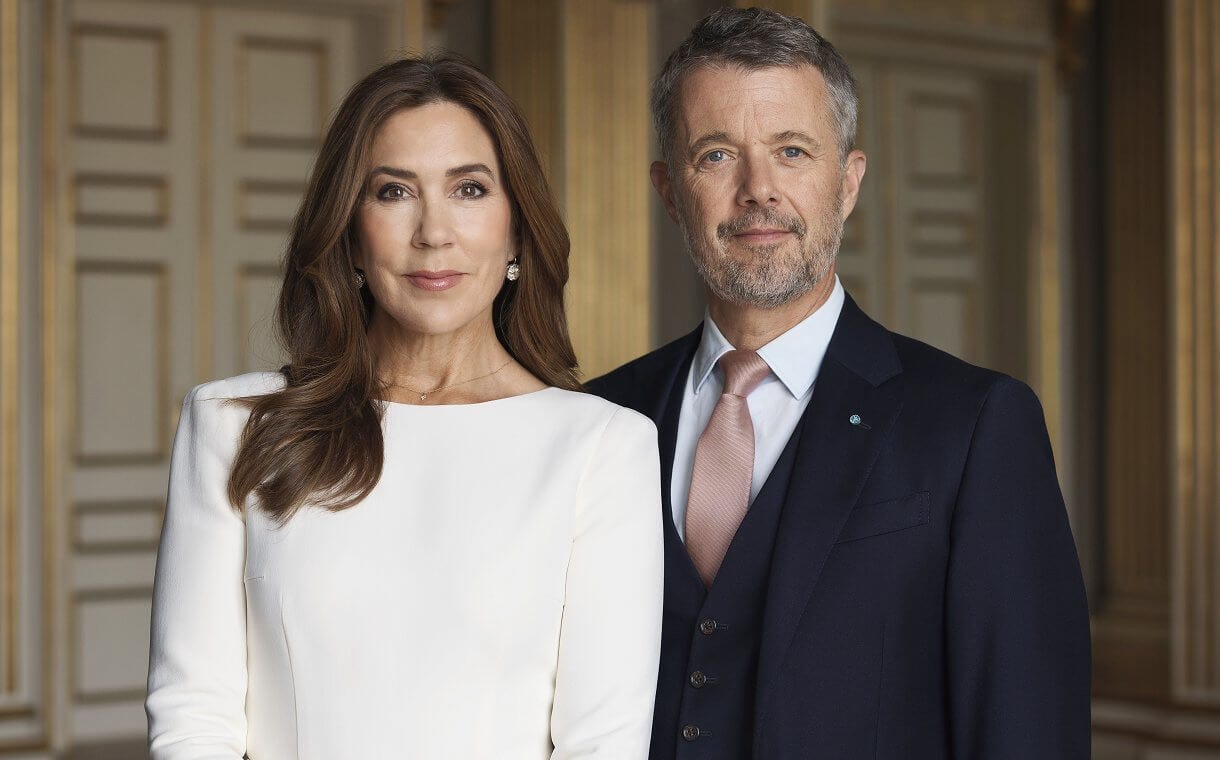
Interestingly, this reinvention of a historic tiara isn’t the only recent push for reform from the Danish Palace. On November 13th, it was announced that King Frederik would phase out the royal warrant system—beginning in 2025. According to the Royal House, this system (which “implies that individual companies can claim special recognition from The Royal House of Denmark for a number of years”) is “no longer in keeping with the times.” Clearly, longevity and reform go hand in hand for the Danish royals.





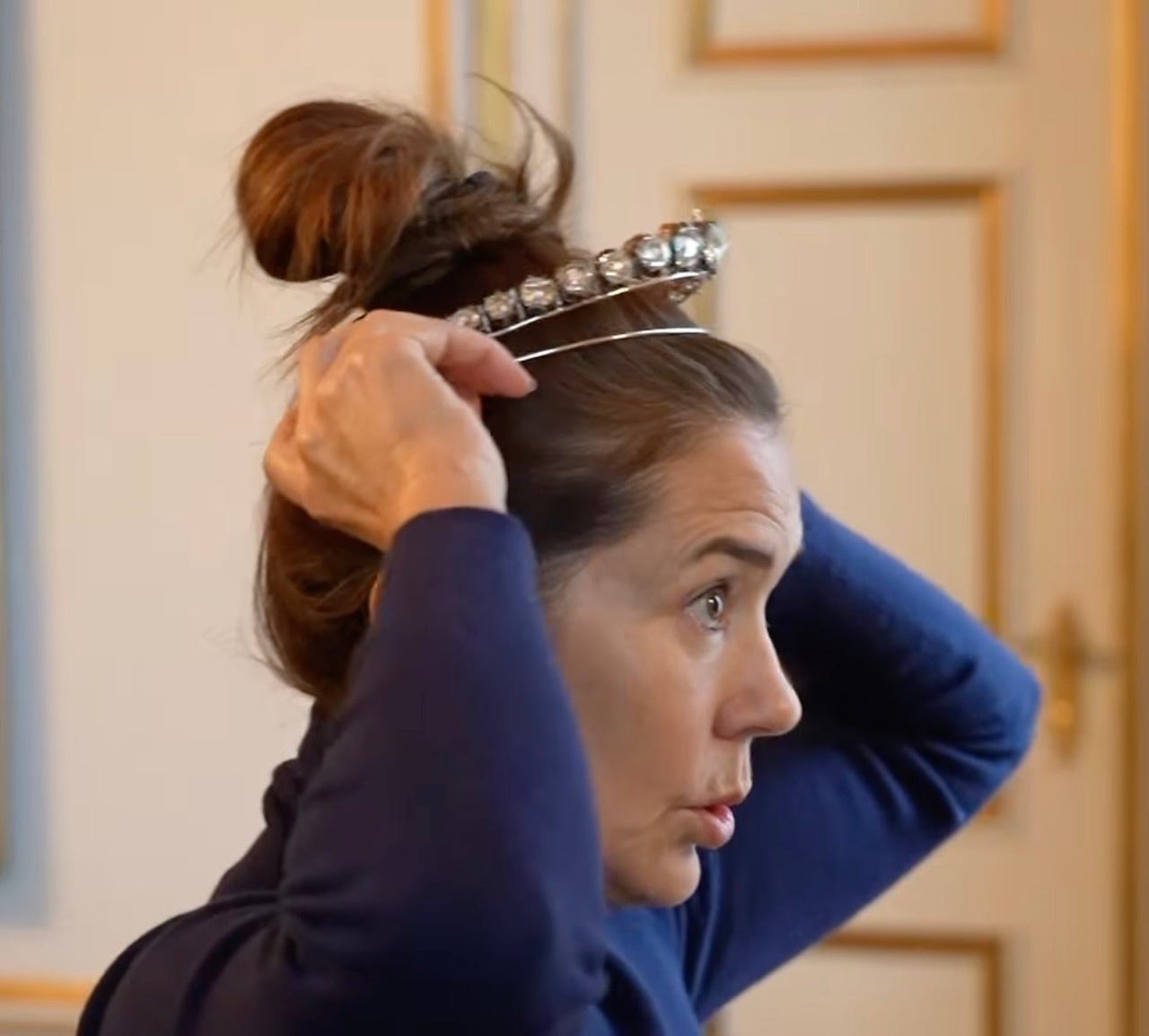

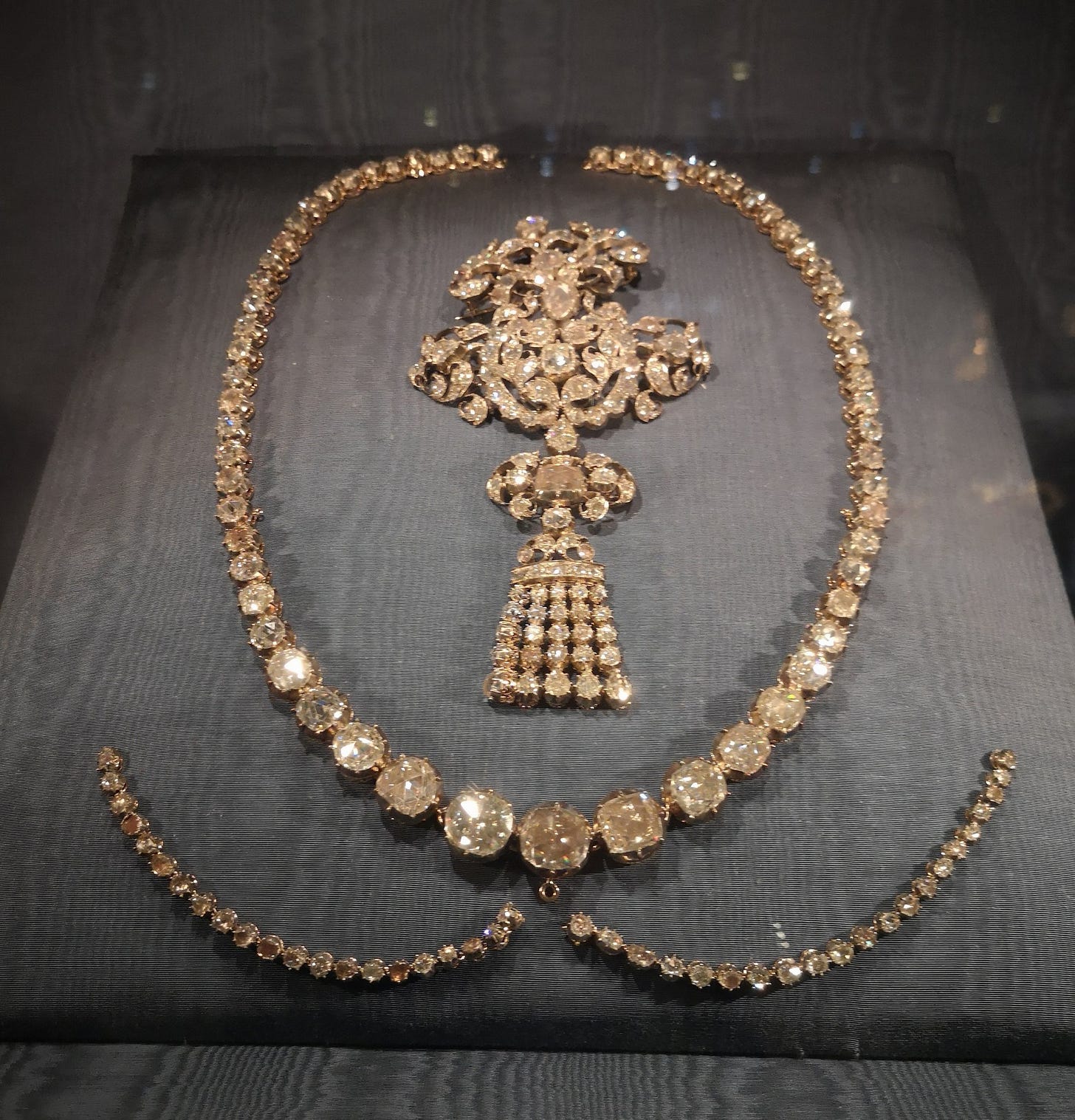
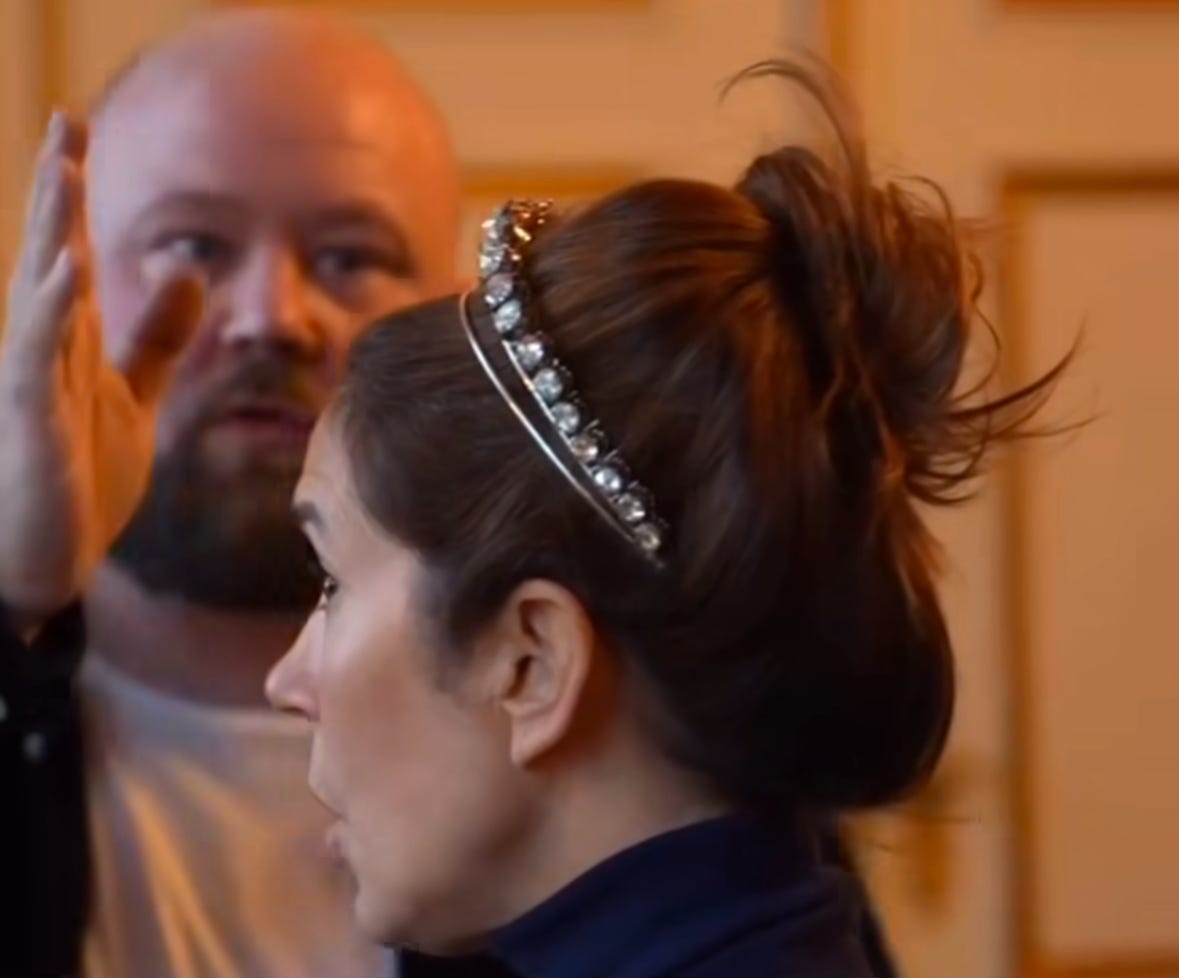
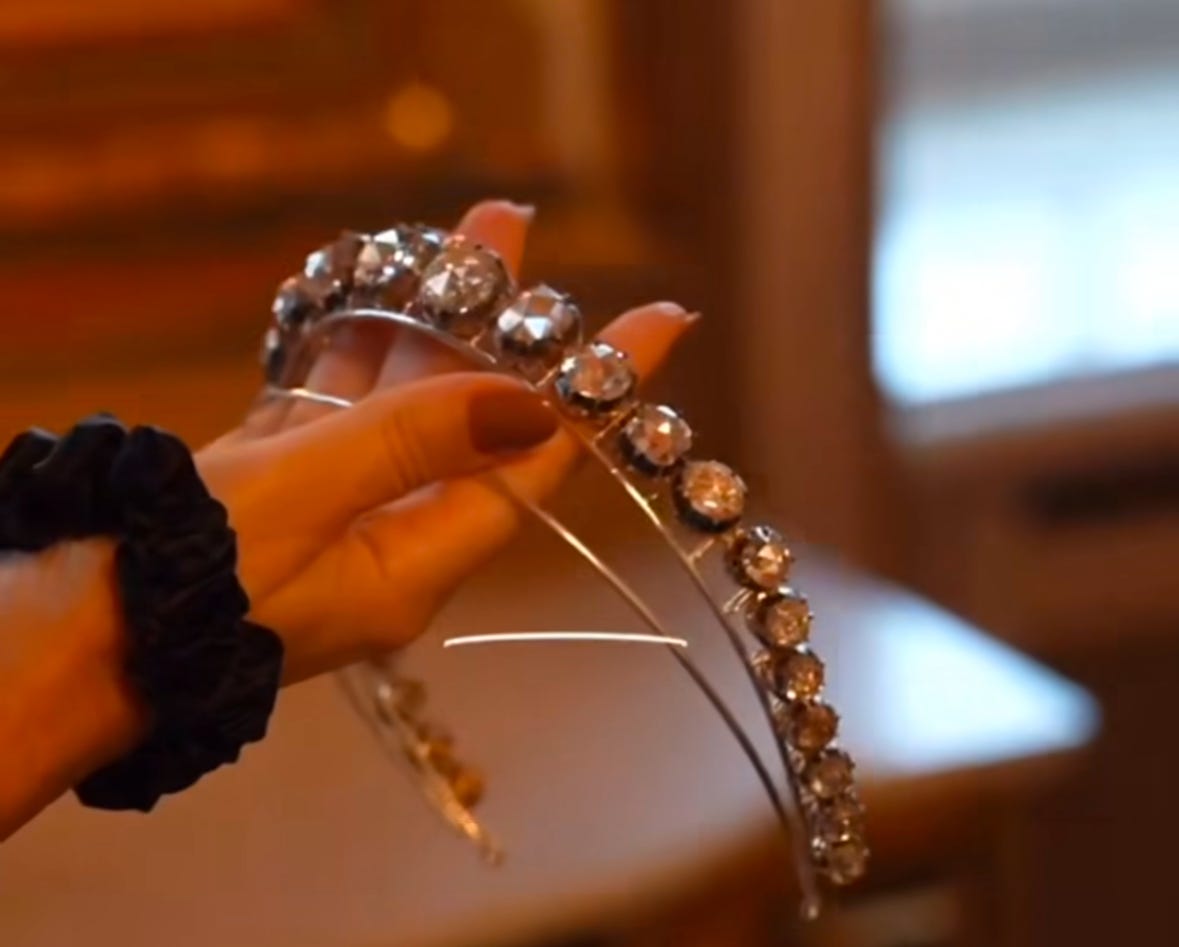


It will be interesting what dress she will wear with it. it’s simple yet so breathtaking
oooo, I like that Tiara!